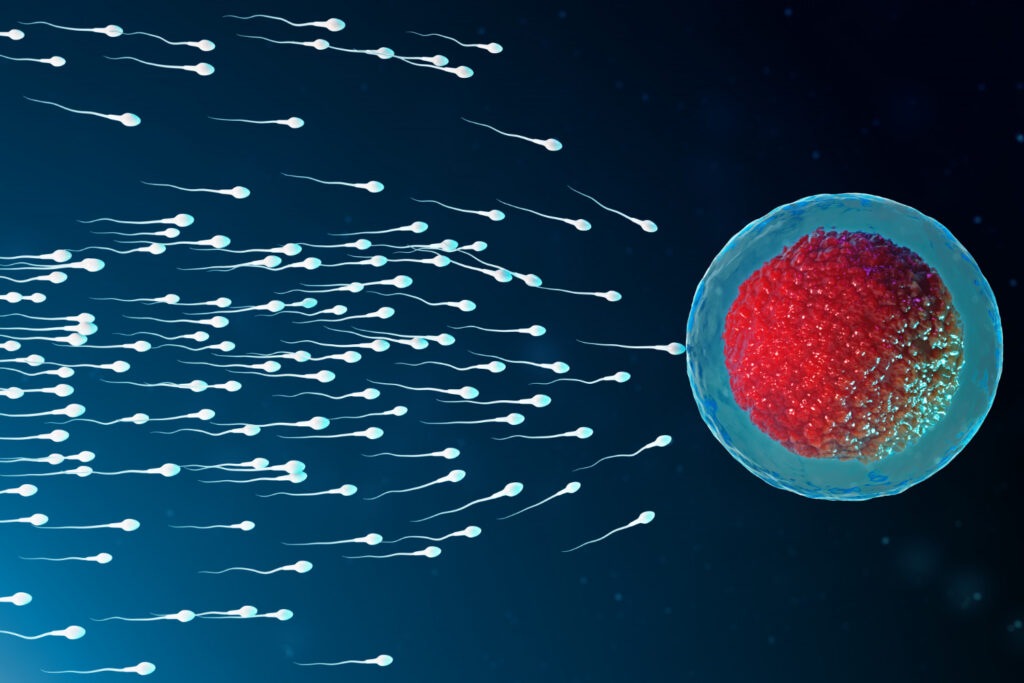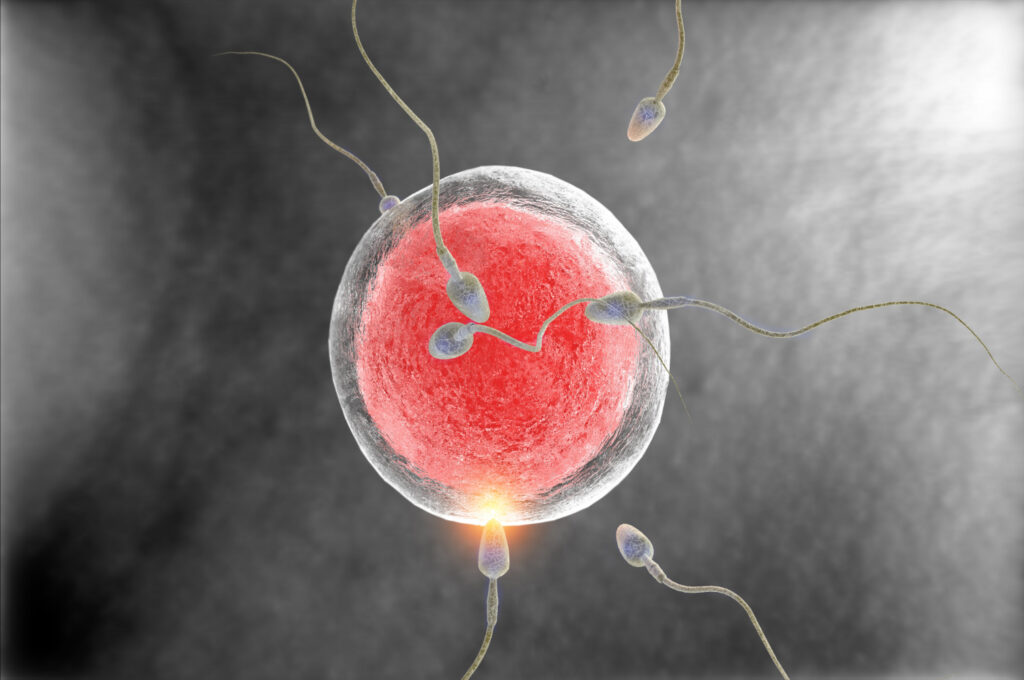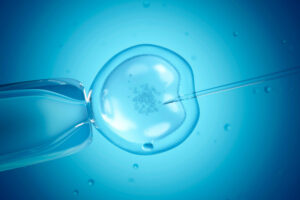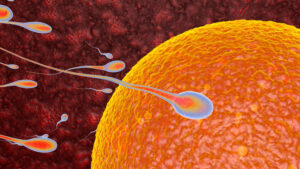Every couple starting their IVF journey dreams of one thing — a successful pregnancy that brings their baby into the world. Among the many advancements in fertility treatments, blastocyst culture has emerged as a game-changer that significantly increases the chances of IVF success.
If you’ve heard your fertility specialist mention “blastocyst transfer” or “blastocyst culture” and are wondering what it means, you’re not alone. Understanding this process helps you make informed decisions that could improve your treatment outcome.
In this article, we’ll explain what blastocyst culture is, how it works, why it improves success rates, and who can benefit the most.
What Is Blastocyst Culture?
In traditional IVF, embryos are typically transferred into the uterus on Days 2 or 3 after fertilization — when the embryo has approximately 4–8 cells.
In blastocyst culture, embryos are grown for 5 to 6 days in a carefully controlled laboratory environment until they reach the blastocyst stage — a more advanced developmental stage containing about 100–150 cells
Two distinct parts characterize a blastocyst:
- Inner Cell Mass (ICM), which later develops into the baby.
- Trophoblast: which forms the placenta and other supporting tissues.
Culturing embryos to this stage enables embryologists to select the healthiest and most viable embryos for transfer, thereby increasing the likelihood of implantation and pregnancy.
Why Is the Blastocyst Stage Important?
By the fifth or sixth day after fertilization, the embryo naturally reaches the uterus in a healthy pregnancy.
Therefore, transferring embryos at the blastocyst stage is more physiologically aligned with the body’s natural timing, giving them a better chance to attach and grow.
Key Advantages of Blastocyst Culture:
Better Embryo Selection: Only the strongest embryos survive to the blastocyst stage, enabling embryologists to identify the healthiest ones.
Higher Implantation Rates: Since blastocysts are more mature, they are more likely to implant successfully in the uterine lining.
Reduced Risk of Multiple Pregnancy: Fewer embryos are needed for transfer because each has a higher chance of success.
Improved Genetic Testing: Blastocyst culture allows for Preimplantation Genetic Testing (PGT), which helps screen for chromosomal abnormalities.
Synchronization with the Uterus: The uterus is naturally more receptive on Days 5–6, improving implantation potential.

How Is Blastocyst Culture Performed?
Here’s a step-by-step look at how blastocyst culture fits into the IVF process:
Step 1: Egg Retrieval
After ovarian stimulation, mature eggs are retrieved from the ovaries under ultrasound guidance.
Step 2: Fertilization
The eggs are fertilized with sperm using IVF or ICSI (Intracytoplasmic Sperm Injection) in the embryology lab.
Step 3: Embryo Culture
Fertilized eggs are placed in an incubator with optimal temperature, pH, and nutrient-rich culture media.
Embryologists monitor them daily for growth and cell division.
Step 4: Reaching the Blastocyst Stage (Day 5–6)
Only the embryos that continue to grow and divide usually reach the blastocyst stage. These embryos are evaluated for:
- Cell structure and organization
- Expansion level
- Quality of inner cell mass and trophoblast
Step 5: Embryo Selection and Transfer
The best-quality blastocyst(s) are selected for transfer into the uterus.
Extra good-quality blastocysts can be frozen (vitrified) for future use.
Why Blastocyst Culture Leads to Higher Success Rates
Studies consistently show that blastocyst transfer improves pregnancy rates compared to transfers of earlier-stage embryos.
Here’s why:
Natural Uterine Timing: By transferring embryos at Day 5, the timing matches the uterus’s most receptive phase for implantation.
Self-Selection of Strong Embryos: Only embryos capable of sustained development reach the blastocyst stage, eliminating weaker ones naturally.
Improved Screening Opportunities: Genetic testing at this stage ensures chromosomally healthy embryos are transferred — minimizing miscarriage risk.
Lower Multiple Birth Risk: Because each blastocyst has higher implantation potential, doctors can safely transfer just one, reducing the risk of twins or triplets.
Better Outcomes in Frozen Transfers: Frozen blastocysts maintain their viability well during vitrification, making future IVF cycles easier and more successful.
Who Should Consider Blastocyst Culture?
While blastocyst culture benefits many patients, it’s especially recommended for:
- Couples who have multiple good-quality embryos after fertilization
- Women who have had previous failed IVF attempts
- Patients opting for PGT or gender screening
- Couples who want to reduce the number of embryos transferred while maintaining high success rates
- Patients considering frozen embryo transfer (FET) in future cycles
However, if a patient produces fewer eggs or embryos, early transfer (Day 3) might be preferred to avoid losing embryos in culture.
Blastocyst Transfer vs. Day-3 Embryo Transfer
| Parameter | Day-3 Transfer | Blastocyst (Day-5) Transfer |
| Embryo stage | 6–8 cells | 100–150 cells |
| Uterine synchronization | Earlier than natural timing | Matches natural implantation timing |
| Implantation rate | 25–35% | 50–60% or higher |
| Multiple pregnancy risk | Higher | Lower |
| Genetic testing option | Limited | Ideal for PGT |
| Suitable for | Low embryo count | Good embryo count or repeated IVF failures |
Are There Any Risks or Limitations?
While blastocyst culture is safe and effective, a few considerations exist:
- Not all embryos reach Day 5: About 40–50% may stop developing before reaching the blastocyst stage.
- Requires advanced laboratory facilities: Success depends on the quality of the lab and the expertise of the embryologist.
- May not be suitable for every patient: Those with limited embryos may have a lower chance of success with transfer.
Your fertility specialist will carefully assess your egg quality, embryo growth, and previous treatment outcomes before recommending this option.
What Are the Success Rates?
Success rates for blastocyst transfer are generally higher than those for traditional embryo transfer.
According to recent clinical studies:
- Implantation rate: 50–60%
- Pregnancy rate per transfer: 55–70% (depending on age and embryo quality)
- Reduced miscarriage rates: due to better embryo selection
Patients who undergo PGT with blastocyst culture often see even higher success rates, especially in women under 35.

When Is Blastocyst Freezing Recommended?
Freezing (vitrification) of blastocysts is ideal for:
- Couples who want to delay transfer for medical or personal reasons
- Preventing Ovarian Hyperstimulation Syndrome (OHSS)
- Storing extra embryos for future IVF attempts
- Enabling Frozen Embryo Transfer (FET), which can sometimes offer even better implantation rates due to a hormonally balanced uterus
Frozen blastocyst transfers are now routine and highly successful, thanks to advancements in cryopreservation techniques.
Life After Blastocyst Transfer
After the embryo transfer:
- You may experience mild cramping or bloating, which is a completely normal side effect.
- Continue taking prescribed progesterone to support implantation.
- Avoid strenuous activity or heat exposure for a few days.
- Take a pregnancy test after 10–12 days to confirm results.
During this time, focus on emotional well-being, rest, and a positive mindset — as stress hormones can impact implantation.
FAQs About Blastocyst Culture
1. Does blastocyst transfer guarantee pregnancy?
No, but it significantly increases your chances compared to early-stage embryo transfers.
2. Is blastocyst transfer painful?
Not at all. The procedure is simple, quick, and painless, much like a Pap smear.
3. Can I choose how many blastocysts are transferred?
Your doctor will recommend the ideal number (typically one or two) based on your age and the quality of your embryo.
4. Are frozen blastocysts as effective as fresh ones?
Yes — thanks to modern freezing methods, frozen blastocysts have nearly identical success rates.
5. How soon after blastocyst transfer can I take a pregnancy test?
You should wait about 10–12 days after transfer for accurate results.
Conclusion
Blastocyst culture is one of the most powerful advancements in IVF, offering higher success rates, reduced risks, and improved embryo selection.
By allowing embryos to develop naturally to a more advanced stage, fertility experts can identify the healthiest ones — significantly improving your chances of achieving pregnancy.
If you’re planning an IVF cycle or have experienced past failures, ask your fertility specialist about blastocyst culture.
At The Boon IVF, our state-of-the-art IVF lab and experienced embryologists specialize in advanced embryo culture techniques that help turn hope into success.


